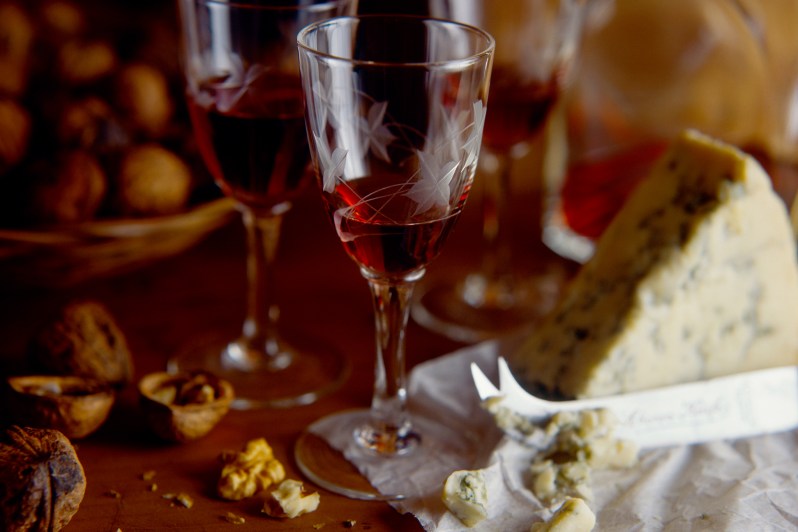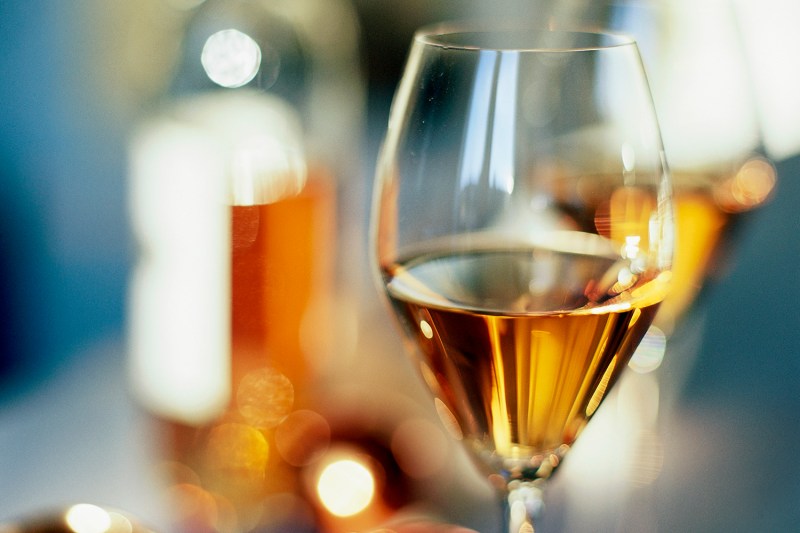Of all the drinks categories, fortified wines may have the largest number of hits and misses. Sure, it’s gifted us port and vermouth, but it has also stumbled out of the gates, issuing things like Thunderbird and Mad Dog 20/20, liquid that’s better suited for sanitizing hands than pleasing palates (though using it as sanitizer is highly discouraged, especially now).
What is fortified wine?
Well, fortified wines are fermented juice strengthened by a spirit, typically brandy. The added heft gives them a bit more in the way of color, intensity, texture, and alcohol content and they range in roles from cooking agent to post-meal aromatic sipper.
Why fortify wine?
Initially, adding a spirit offered an easy way to extend the shelf-life of a wine. Recall, many of these were devised well, well before modern preservation techniques took hold. Since then, producers have realized that there are numerous reasons to fortify that are related simply to flavor. Finding the right match and ratio between spirit and wine is a little like making a good cocktail. And the best combinations have become very well-known in the land of beverages.

For many fortified wines, the addition of a spirit leads to the retention of residual sugar overall. In other words, the spirit stifles any remaining yeast in the original wine, cutting off any ongoing fermentation and leaving behind any sugar that the yeast cells didn’t get a chance to eat. That means that quite a few fortified wines are sweeter, or dessert-like in style.
Types of Fortified Wine
Here are the main players in the fortified wine game:
Port
Port is made with the addition of a neutral spirit called aguardente. Five major regional red wine grapes are used, including the popular Touriga Nacional variety. The styles range from entry-level ruby ports to wood-aged and oxidized tawny port. The stuff is known to age for practically an eternity, part of the reason why it was so popular during the travel-by-sail era of yesteryear.

Like Champagne, there’s a regionality tied to port. The original and only version technically allowed to sport the name is from the Douro Valley of Portugal. In fact, it’s named after the city of Porto, a trade-friendly metropolis at the mouth of the Douro River. While the sweeter red port is practically ubiquitous, there are drier and even white versions, too, all worth exploring. A classic red port offers excellent layers of richness, which play off things like stinky cheese especially well.
Madeira
A cousin to port, Madeira is traditionally made on the eponymous Portuguese island. While also ranging from dry to sweet, Madeira tends to have a lively acidity, making it great with everything from candied citrus or roasted nuts to spicy meat dishes. In its creation, Madeira is deliberately exposed to heat and oxygen in a process called “estufagem” that’s supposed to mimic the conditions a lengthy trip at sea would provide. The best Madeiras mimic these conditions naturally, opting for sun-soaked spaces where the aging process sometimes lasts as long as a century.
The vast majority is made from the Negra Mole grape and resulting versions cover the entire sweetness spectrum, meaning there’s something for everybody. Sadly, it tends to be viewed as a cooking wine and while there are versions made specifically for this task (with seasonings often added), genuine Madeira is great on its own, often full of interesting layers of flavor like dried fruit, toffee, and zest.
Sherry
Hailing from the Jerez area of southern Spain, sherry is its own universe worth playing around in. Unlike port, sherry is hit with spirits after the grapes have fermented, meaning most styles are often less sweet. The flavors can be genuinely marvelous, incorporating the bakery-like flavors of yeast, concentrated fruit, briny-ness, and nutty notes.
One of the most interesting aspects of sherry involves flor, the natural and protective layer that forms on top of the juice in the barrel. Some age beneath the flor, oxidizing minimally, while others go without.

There are several main types of sherry. Fino is the driest, Manzanilla is also on the lighter side, while Amontillado is aged under the flor. Darker still are Oloroso sherries, which have the highest ABV, and sweet types like Pedro Ximenez (where the PX comes from on some Scotch whisky labels). Bottled by way of the solera system, which blends vintages, sherry is usually non-vintage. Like Madeira, it has the ability to be both sweet and tart, and is a lot of fun for an adventurous palate.
Vermouth
The most aromatic of the fortified wines, vermouth is created with the addition of fragrant botanicals. Things like herbs, barks, seeds, and spices give the beverage its vintage perfume. Initially valued for medicinal reasons, vermouth went on to become a bar staple, first in northern Italy and then worldwide. As anybody who appreciates a good Manhattan or Negroni knows, vermouth is invaluable.
Because so many additional adjuncts can be added, vermouth’s flavor spectrum is quite wide. And things can get pretty proprietary, too, with producers doggedly defending age-old secret recipes. The name comes from a French adaptation of the German word for wormwood and the beverage itself is amazing as a pre-meal sipper on its own or with some soda water as they enjoy in Europe. It’s made from both red and white grapes and can cover the gamut from dry to sweet. Thanks to the aroma-building injections, vermouth tends to be herbal, floral, and even a bit spicy.

Marsala
Originally from Sicily, Marsala was initially produced as a more frugal option for port drinkers. While a great kitchen weapon, it can be swell on its own and is great with earthier fare.
Commandaria Wine
Made in Cyprus, this fortified number is produced from sun-dried local grapes and aged in oak.
Vins Doux Naturels
Often made from Syrah or Muscat grapes, this French style fortified wine dates back to the 13th century.
Gwaha-ju
A fortified rice wine from Korea, hit with soju and sometimes other ingredients, like ginseng or ginger.


